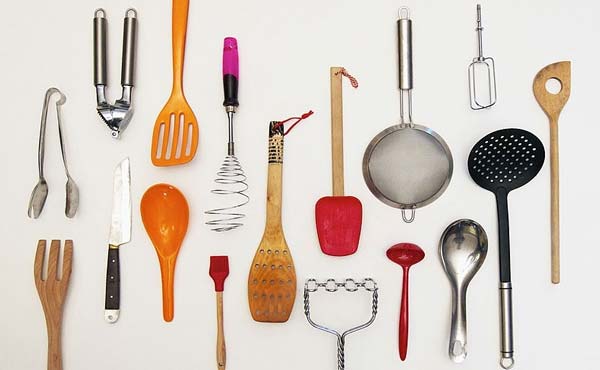Pans are adaptive and, in most cases, impossible to replace. They are essential in commercial and residential cooking environments, and they may be found in almost every kitchen. The saucepan and the saucier have a long and famous history in the kitchen.
They may be made from stainless steel, iron, aluminium or non-stick. It doesn’t matter what the material is; the basic principle is the same: It’s made to handle various liquids.
The Shape
This pan has a particular shape with a broad handle, a bevelled rim, and straight corners. It’s also common to see a cover hinged to it. Heat is distributed evenly throughout the fluid in the pan due to its small surface area relative to its height.
This pan is primarily intended to be used in the oven. Pans ranging from two to three quarts capacity are the most favoured size. A frying pan is not as large as a stockpot but is deep and narrow. The pan’s height and thickness make it more efficient than a sauté pan.
These pans can accommodate large quantities of liquids because of their height, which is a significant selling point. It is also possible to prevent liquid leaks due to the pan’s size. You may not want to boil anything in a skillet since moving it would be messy and dangerous. On the other hand, the saucepans avoid similar problems due to their design. If you’re wondering about some of the most popular pans offered, many will tell you that they are non-stick, metal, and carbon fibre pans.
Uses
This pan is suggested to be ideal for cooking liquids. In other words, it’s perfect for making soups, stews, stock, broths,and other dishes like spaghetti sauce. Because they typically hold just 2 to 3 gallons of liquid, they aren’t ideal for making large batches of stock, soup or stew; a much larger stockpot is required. On the other hand, this pan is excellent for preparing liquid food items in lesser quantities.
The task of boiling a small amount of pasta in a pot is common. As a bonus, it may be used to make potato salad, risotto or even lentils.
If this pan is oven-safe, it may be used to sauté instantly. If the pan includes a cover, it may also be used as a small Dutch oven. On the other hand, it is strictly forbidden to place a nonstick-coated saucepan in the oven.
What Qualities Should You Consider?
You’ll want a durable pan if you routinely cook in high heat. Because these pans are often used to prepare acidic foods like sauce or soup, you’ll want to pick a non-reactive metal. Consequently, the optimal material choice is steel. Stainless steel is inert and can endure up to 1,200 degrees Fahrenheit. Steel is dishwasher safe, so you may use it repeatedly without worrying about ruining it.
Those are the only two cooking requirements, and it meets them both.
Final Thoughts
If you use a pan or the suggested saucier, you’ll appreciate its many uses and adaptability. In no time, it will become one of your most often used kitchen tools, enabling you to make anything from pudding to consommé. It would help if you searched for a saucepan that can handle frequent usage and take care of it appropriately.

